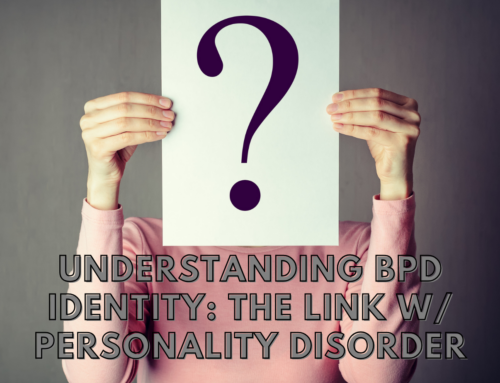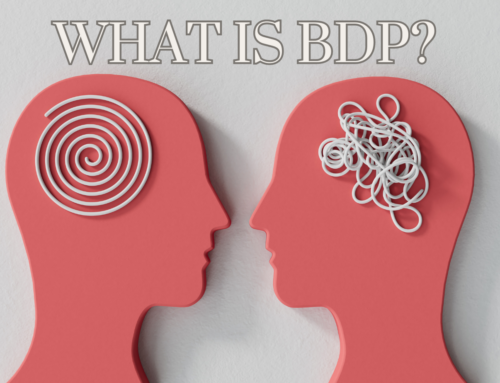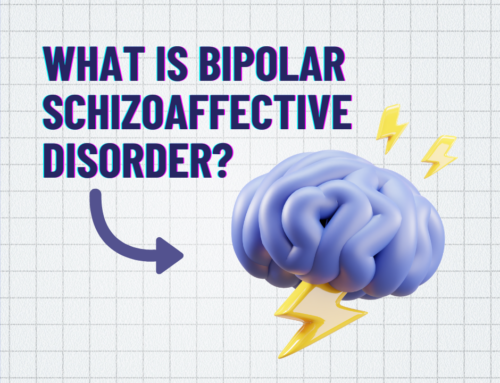Bipolar disorder is a well-known mental health condition that’s often misunderstood. Stigma and stereotypes cause some people to unfairly judge individuals with the disorder without genuinely understanding its symptoms.
People with bipolar disorder may have trouble finding jobs or maintaining employment due to the social stigma surrounding this condition, even when their bipolar disorder symptoms are under control. The stigma surrounding bipolar disorder also affects the ability to build and maintain positive relationships.
What many people don’t understand about this mental illness is that it has two phases, leading to extreme mood swings. By understanding the manic and depressive symptoms of bipolar disorder, people struggling can better grasp their diagnosis. Loved ones and concerned community members can also show informed compassion toward those with the disorder.
What Is Bipolar Disorder?
According to the Diagnostic and Statistical Manual of Mental Disorders, bipolar disorder is a mental health condition characterized by at least one episode of mania followed by an episode of hypomania or depression.
Bipolar diagnosis isn’t something Google can define; one should seek proper medical attention to the signs or symptoms. Generally, an individual shows symptoms of other mental health disorders, such as delusional disorder or schizophrenia, they can’t explain. Someone with bipolar disorder may even experience mixed episodes of symptoms or bouts of manic and depressive symptoms that occur at the same time.

What are Manic Episodes?
One distinct phase of bipolar disorder is mania, which causes individuals to feel heightened energy and euphoria. Some people also experience delusions and false beliefs reflecting abnormal thinking.
For example, an individual with bipolar disorder may experience delusions of grandiosity or the false belief that they’re extremely powerful or more important than they are. An individual with bipolar disorder may even experience paranoid delusions, believing someone is out to steal their property or hurt them somehow.
To receive a diagnosis of bipolar I disorder, an individual must have at least one episode of mania alternating with a major depressive episode. A manic episode can be highly dangerous, some severe enough to require hospitalization.
Behavioral Changes
During the manic phase of bipolar disorder, loved ones may notice that the individual is “jumpy” or abnormally upbeat. Creative individuals may be more productive during episodes of mania as they have more energy, allowing them to spend more time painting, sculpting, drawing or engaging in other creative activities.
Other behavioral mania symptoms include racing thoughts, impulsivity and an unusual level of talkativeness. These changes often make loved ones wonder how to help someone with bipolar disorder.
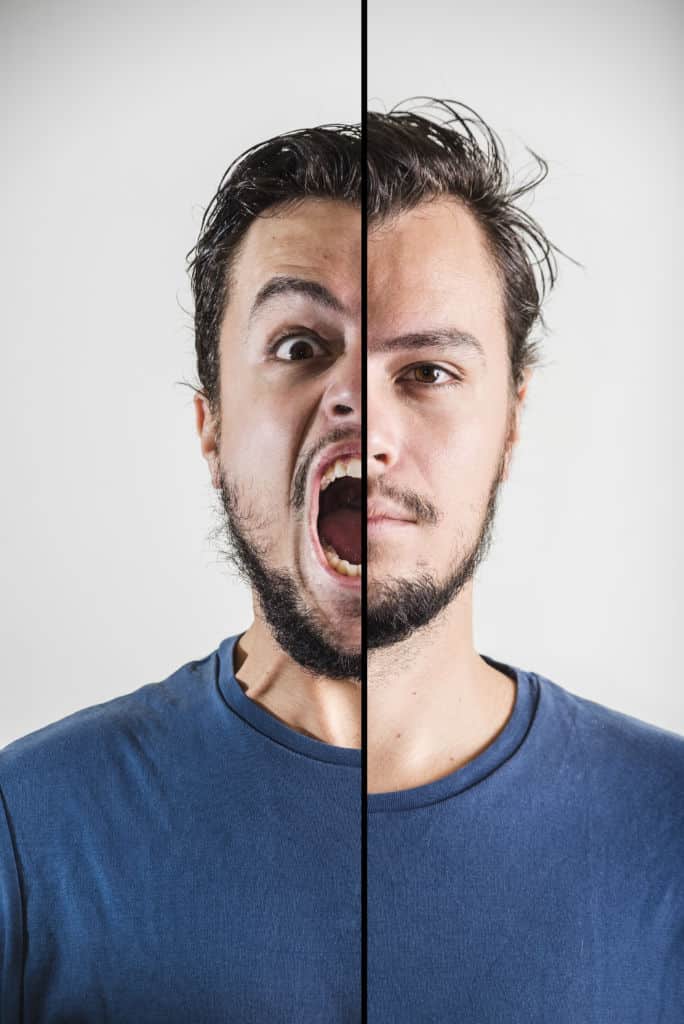
Altered Sleep Habits
People experiencing mania require less sleep than usual, interfering with their normal sleep patterns. Research into how bipolar disorder affects sleep has shown that mania leads to shortened periods of rapid eye movement (REM), decreased time spent asleep and more time spent in the first stage of sleep, which is when a person “dozes off.”
It’s not the deep, restful sleep people need to reset their minds and bodies each day.
Hypomania Symptoms
Some episodes involve less intense symptoms with shorter durations, a condition called hypomania. These hypomanic episodes occur in people with bipolar II, causing them to feel happy, energetic and productive. Without treatment, however, hypomania can lead to severe mania or depressive symptoms once it lessens.
Depressive Episodes
Depressive episodes often follow periods of mania, resulting in severe mood changes. While mania represents the “highest of highs,” depressive episodes represent the “lowest of lows.” During a depressive episode, people with bipolar disorder experience depressed mood, lower energy levels, feelings of hopelessness and an inability to experience pleasure. For example, they may stop spending time with friends or participating in their favorite activities.
Episodes of depressed mood can be dangerous to the person experiencing them because they can lead to suicidal thoughts, isolation and unhealthy coping mechanisms such as substance abuse. Luckily, there’s hope for those struggling with these episodes.
Physical Effects of Depressed Mood
The depressive phase of bipolar disorder may lead to noticeable physical changes. While feeling depressed, a person with bipolar disorder may experience weight gain due to a lack of exercise or the consumption of high-calorie foods. Low mood episodes may also lead to unexplained aches and pains. Not only does this contribute to weight gain, but it can also make walking, running and performing other physical activities more challenging. Low mood episodes may also lead to unexplained aches and pains.
Rapid Cycling
Individuals with bipolar disorder need to be aware of the potential for rapid cycling. In people with rapid cycling, bipolar disorder results in at least four episodes of depression, mania or hypomania in 12 months. Some individuals even experience ultra-rapid cycling, characterized by at least four mood changes in one month.
Different mood episodes can occur within a few days or even hours. Not everyone with bipolar disorder experiences the same symptoms, so it’s important to seek personalized treatment.
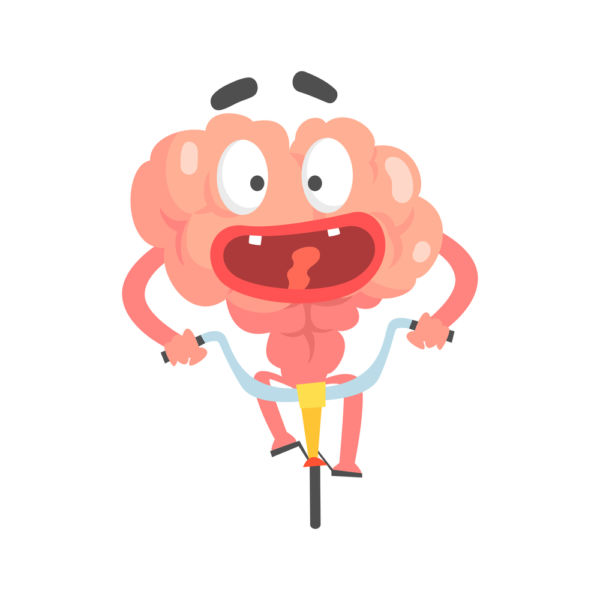
Hope for Healing
When it comes to treating bipolar disorder, early intervention is best. First, a skilled mental health professional will need to diagnose bipolar disorder, which is usually followed by recommendations for treatment.
IOP and PHP programs are excellent choices for those looking to manage their symptoms and live a happy, balanced life. IOP stands for intensive outpatient program, while PHP stands for partial hospitalization. Through these programs, individuals can participate in various therapy modalities, nutrition plans and medication management to gain the skills to live successfully and free of symptoms.
IOP and PHP treatments are both helpful for addressing severe depression, suicidal thoughts, racing thoughts, impulsive behavior and other symptoms associated with both types of bipolar disorder. Depending on your needs, your treatment options may include psychotherapy, group therapy, family therapy and/or medications.
Psychotherapy gives you a chance to discuss your symptoms with an experienced therapist and learn how to manage the unpredictable changes in mood that sometimes occur with bipolar disorder.
Alta Loma’s Bipolar Disorder Program
Bipolar disorder can be confusing for anyone, even if their symptoms are well-controlled with medications and therapy. Understanding the ins and outs of this disorder can facilitate compassion and prompt those struggling to seek help.
Alta Loma Transformational Services provides options for men struggling with mental health and substance use disorders. Our programs give every patient access to a personalized treatment plan and an opportunity to enjoy the beauty of Georgetown, TX.
Your progress will be evident every week as you become more successful at living with bipolar disorder. To learn more about our programs, call us today at (866) 457-3843.

